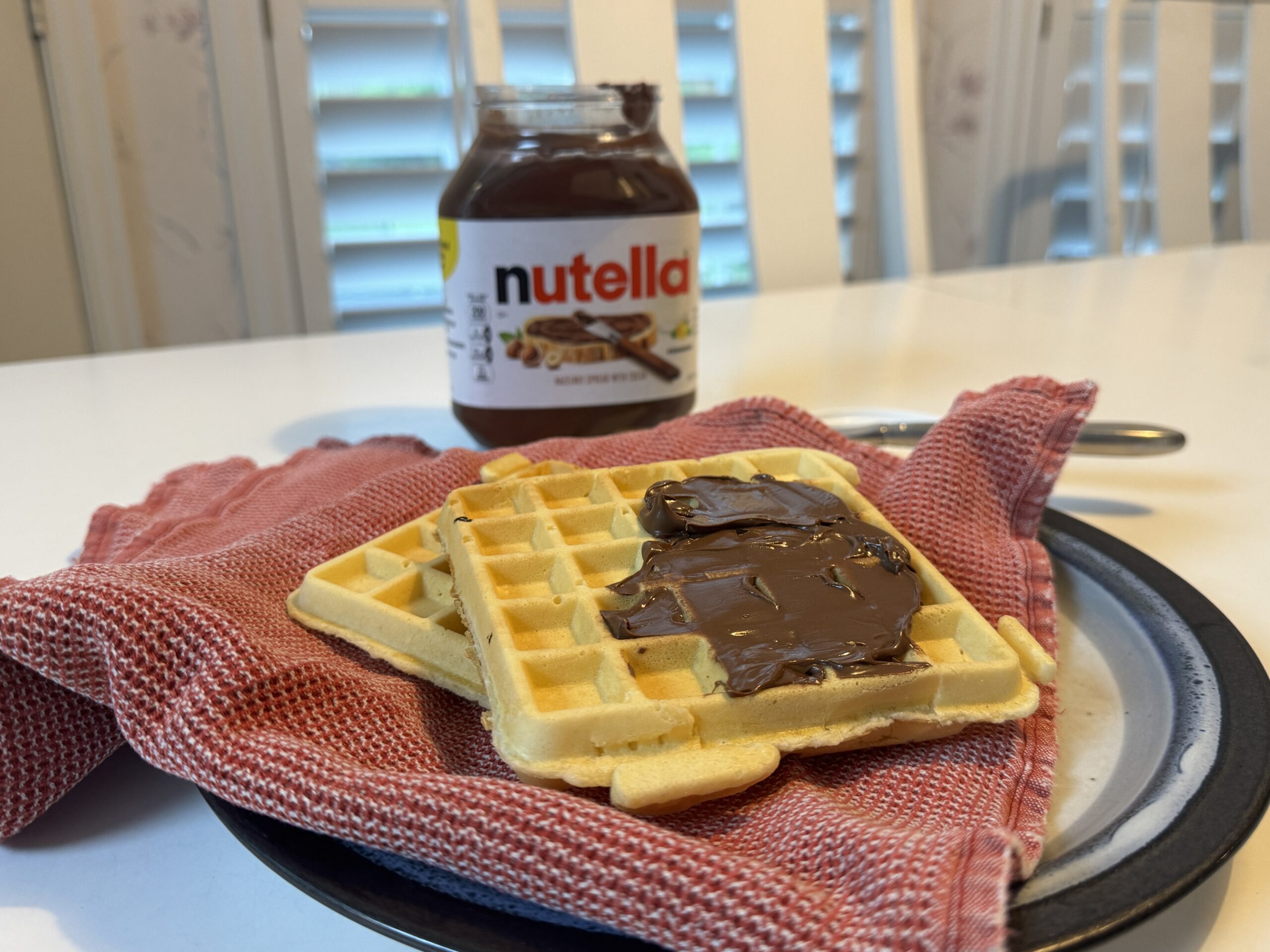This weekend I gave myself an early Christmas gift and checked off one of my bucket list items by competing in the Senior National Grass Court Championships. After the first day of the competition, I have a couple of observations about playing on grass that might be useful for other first-timers on the surface.
Shoes
While there is such a thing as grass court tennis shoes that have little nubs for better traction, those aren’t permitted for non-professional players at any facility in the United States that I am aware of. The good news is that none of the major retailers stock grass court shoes, so you are unlikely to accidentally purchase a pair. Do not go out of your way to find grass court shoes.
That leaves standard hard-court or specialized clay court shoes. This weekend I encountered people with an adamant preference for both options. My theory is that people who slide into their shots prefer the uniform herringbone pattern on the clay shoes. My standard hard-court shoes worked well for me.
You want relatively new shoes because those have the most texture on the sole for gripping the court. At the same time, you don’t want to step onto the court with brand-new shoes because the new rubber on the sole is pretty slick out of the box. I was talking to another player that made that mistake as she was heading over to an adjacent hard court to scuff up her soles a little bit.
The Ball Doesn’t Bounce
While other players had told me that the ball doesn’t bounce on grass, I under-appreciated some of the subtle nuances. One way to simulate the bounce while playing is to use green-dot quick-start balls. However, that ball doesn’t fly off the racquet the same way as standard balls.
For me, the most significant impact was how the ball bounces vertically during the service motion. In fact, that caused pretty significant issues with my rhythm. I have tried not bouncing the ball before serving but found that omitting that step really throws me off. Similarly, I discovered that if I bounce the ball pretty hard, it throws off the rhythm and creates tension in my shoulder. The best solution for me is simulated ball bounces. (It makes me look like a dork, but then again that is exactly what I am.)
I uploaded this YouTube video that illustrates how the ball (doesn’t) bounce on grass when serving.
Additionally, your teaching pro probably tells you it is best to hit an overhead before it bounces. That is important on grass. If you let the ball bounce, the next shot probably isn’t going to be an overhead because there isn’t much rebound at all.
White is a Terrible Color for Grass
Many clubs with grass courts require all-white clothes when playing. Mission Hills Country Club, the host of my current tournament, does not have that restriction. However, I am wearing my whites anyway because I have been maintaining that wardrobe in anticipation of playing on grass for years. By golly, it is now or never for that clothing.
White is a terrible color for playing on grass. The ball picks up mud and grass stains which are transferred to your clothing as balls are pocketed. The following photograph illustrates some of the grass stains that my doubles partner and I picked up on the first day of the tournament.

Fortunately, the condo that we rented has a clothes washing machine with a specific setting for grass stains. At home, I would have cranked the heat to high and used stain remover treatment and bleach. We had neither stain remover nor bleach, so tried out the “Grass” setting with a Tide Pod. The following image captures those settings and our good fortune.

You Have to Try Grass
Competing on the surface has further convinced me that all players should play on grass at least once. My experience at this event will enhance how I watch professional tennis during the grass-court swing leading up to Wimbledon.
The time I spent playing on grass also gave me a greater sense of connection to the rich heritage of our sport. If playing on grass isn’t already on your bucket list, it should be.



